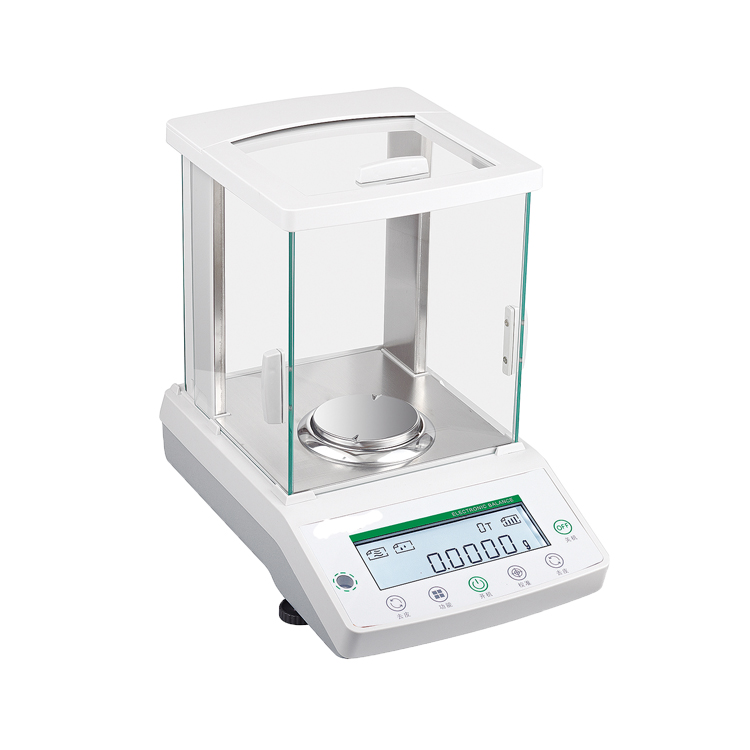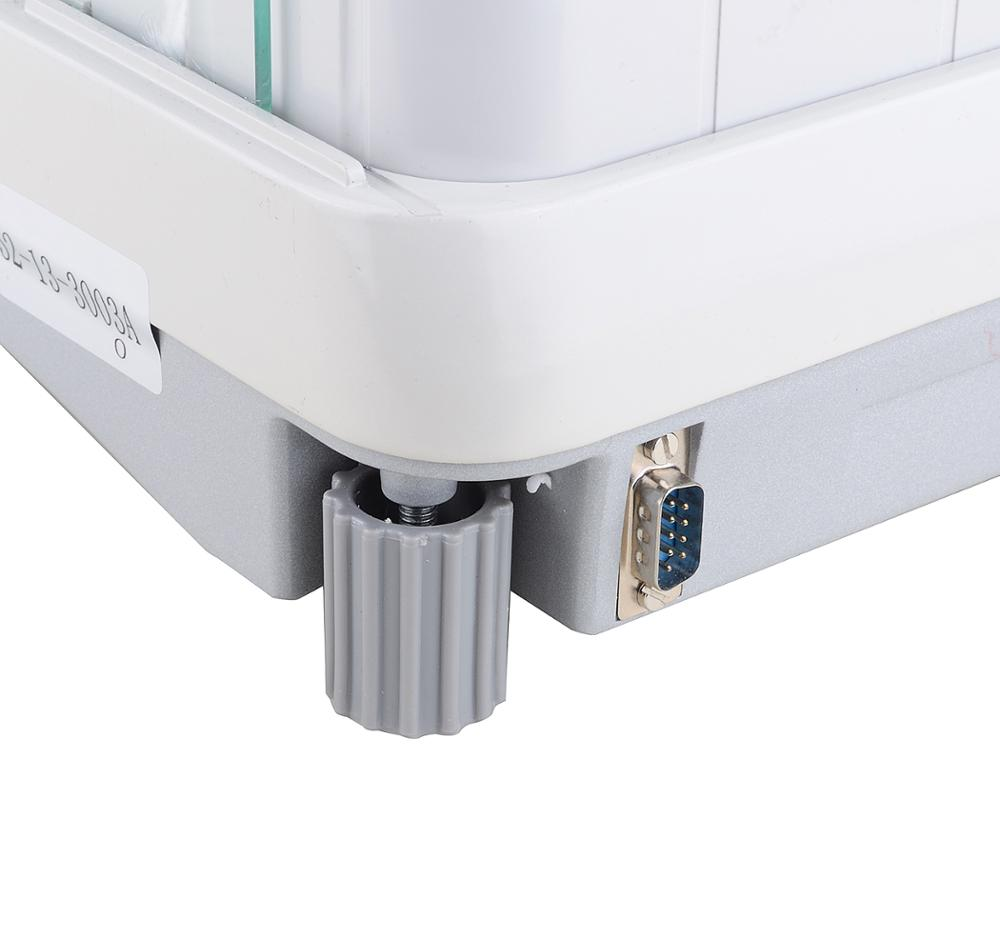Lab Electronic Balance: Versatile Precision Instrument for Solids and Liquids
 Aug 11, 2023|
Aug 11, 2023| View:1415
View:1415Lab electronic balances are invaluable tools used in scientific research, quality control, and laboratory settings. These advanced weighing instruments offer precise and accurate measurements, enabling scientists and technicians to obtain reliable data. In this article, we will explore the different types and applications of lab electronic balances, with a focus on their suitability for weighing both solids and liquids. We will also discuss important considerations when using lab electronic balances for these substances.
1.The Advantages of Lab Electronic Balances
Lab electronic balances provide numerous advantages that make them indispensable in the scientific community. With their digital readouts and high sensitivity, these balances offer quick and accurate measurements, eliminating the need for manual calculations and reducing human errors. Additionally, their compact size and user-friendly interfaces make them easy to operate, enhancing productivity in the laboratory.

2.Types and Applications
Lab electronic balances come in various types, including analytical balances, precision balances, and top-loading balances, each designed for specific weighing requirements. Analytical balances offer the highest level of precision and are suitable for measuring minute quantities, often used in pharmaceutical and research laboratories. Precision balances offer a broader weighing range and are commonly used in chemical analysis and industrial applications. Top-loading balances are versatile and can handle larger samples, making them ideal for routine laboratory tasks.
3.Can a Lab Electronic Balance be Used for both Solids and Liquids?
Yes, lab electronic balances can be used for both solids and liquids. However, there are important considerations to keep in mind when weighing these substances.
Solids: When weighing solids on a lab electronic balance, ensure that the sample is completely dry to avoid altering its weight due to moisture. Use appropriate containers or weighing papers to prevent direct contact between the sample and the balance pan, reducing the risk of contamination. Additionally, handle the solids with care to avoid accidental spillage or loss during the weighing process.
Liquids: Weighing liquids requires the use of specialized equipment such as weighing boats or beakers. Place the container on the balance pan and tare the balance to zero before adding the liquid. It is crucial to account for the meniscus, the curved surface of the liquid, and measure the weight accurately. Avoid excessive splashing or spillage, as it can affect the measurement and potentially damage the balance.

4.Conclusion
Lab electronic balances are essential tools in scientific research and laboratory environments, offering precise and reliable measurements. Their versatility allows for weighing both solids and liquids, making them invaluable in a wide range of applications. When using lab electronic balances for solids, ensure proper sample preparation and handling. For liquids, employ specialized containers and account for the meniscus. For customized lab electronic balances tailored to your specific requirements, please don't hesitate to contact us. Our team is dedicated to providing you with professional solutions and high-quality products.










